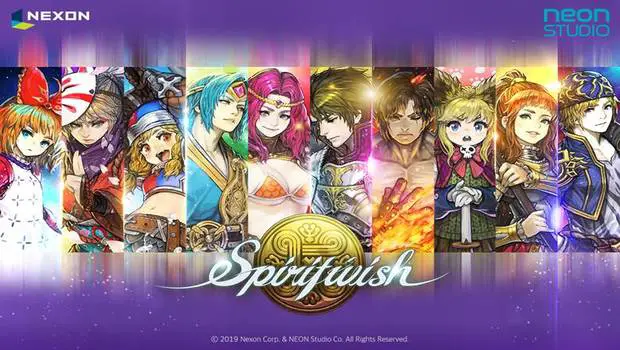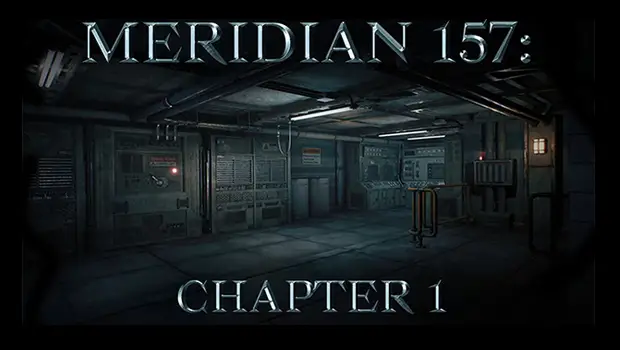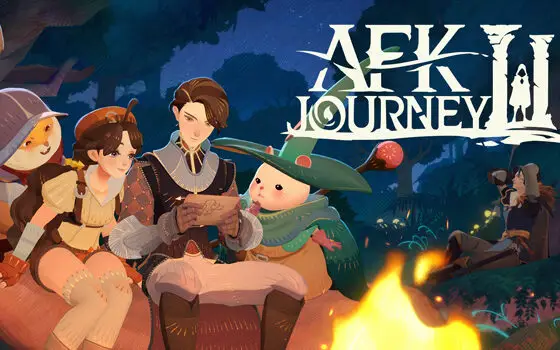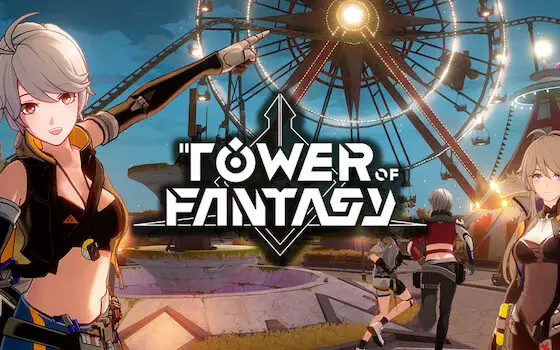Another Nexon Game, Another Pile on of Freemium Mechanics
Publisher Nexon is almost synonymous with MMORPG’s. With that name comes the pairing of inexorable freemium and cash-shop mechanics—some of the most intolerable in all of mobile gaming. Even back in the 2000’s, Nexon riddled their flagship Maplestory with fashion options, pay-to-win mechanics and purchases that would incentivize re-purchasing. A large portion of premium-bought items would terminate after a 30 to 90-day period as part of their design. It’s admittedly hard to prejudge Nexon’s latest title, Spiritwish. But sadly, this presumption is entirely justified.
It’s with dismay that I admit Nexon was ahead of the curve with these cash mechanics. We currently find ourselves in a timeline where we are waiting for a push toward more anti-invasive freemium mechanics, where players can again experience a game nearly in full without having to spend a dime (or simply pay for the game once). Perhaps a time like this never existed in mobile gaming, but the idea of a more transparent relationship between developer, publisher and gamer has been a pipe dream for as long as free-to-play MMO’s have been tailoring new ways to invite themselves into our collective wallets.
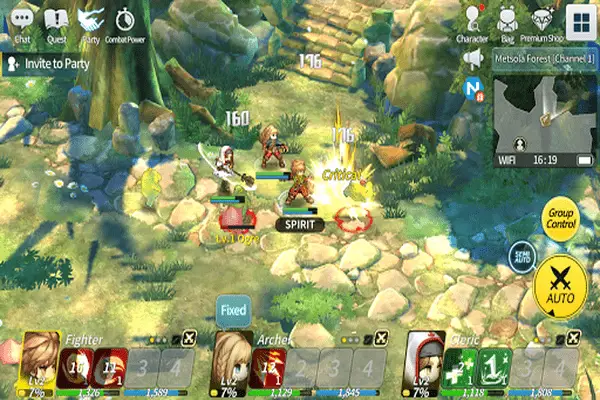
A Display of Freemium Prowess in Spiritwish
And all of this is to say that Spiritwish is inseparable from its publisher’s design philosophy. Developed by Neon Studio, another big name in gaming, Spiritwish inevitably comes in the wake of a lot of success and, as discussed above, questionable monetization practices.
Visually, this game is stunning. The graphics are reminiscent of and likely inspired by those in Ragnarok Online, another staple of the mid-2000’s MMO scene—a title with a style that recalled old school games even then. The character sprites look natural even against a more 3D background, and the isometric perspective is both fitting and comfortable. On the highest settings, this game is gorgeous.
Spiritwish is atypical from most MMORPGs because it allows you to control up to three characters at once. When you first log in, you are allowed to pick a ranged party or a traditional party (with a healer, tank and ranged DPS). From there, you move as a unit, conquering monsters in the overworld in a series of quests that will take you to the level cap. It sticks to the MMO formula without straying too far.
An Extensive Class List
One of Spiritwish’s driving factors is its list of 20 classes. Mixing and matching the 20 into unique 3-person units is part of the draw. Perhaps my favorite feature of this game is the readily accessible ways to level even lower-level characters. Each day, you can participate in an EXP dungeon. The EXP dungeons are essentially the same as the game’s regular dungeons, just with a higher level boss in each dungeon. Broken down into level ranges, you have the option to try each variant of the dungeon once per day. Therefore, you can participate in multiple EXP dungeons a day, catching up characters where needed and pushing your highest leveled characters even further.

Plagued by Monetization
It’s not as if we weren’t prepared for this. Spiritwish sounds great due to its diverse class mechanics and the ability to juggle every class effectively. However, these classes are chance-locked. While no, you technically do not have to spend money to achieve every class in the game, you do have to wait a long time. The game provides you with handouts of the premium currency (no purchase necessary) at certain intervals of the game. Spiritwish typically does this when the player has completed a more important story quest.
It is best to spend these premium gifts entirely on attempts to unlock new classes. To collect a character, you must collect a card representing them. This isn’t easy. Unless you get extremely lucky and collect a full card during a draw. You achieve these cards by collecting shards that make up a full card. For the higher tiered classes, you will have to gather around 100 shards to do this, and around 60-80 for lower tiers. Shards drop in multiples of five to nine at a time, making the process lengthy and costly. Between premium handouts, time-locked raids that offer shards and rare quests, this can take a while.
Spiritwish Is Full of Unnecessary Gambling
The problem is the once-appealing number of classes. Because of the gambling mechanic, you cannot pick a class you want; rather you must get lucky enough to collect their shards in a timely manner. You can also use premium currency to buy 1-10 chances to collect either a handful of shards or a full card, granting a new class. It’s without saying that I would never recommend spending a cent on any freemium game, but due to the game offering premium currency in exchange for quest completion, the currency becomes one of the only viable, albeit slow, ways to try your hand at shard luck.
And it gets worse still. Spiritwish breaks its classes into tiers. Likewise, you do not select which classes you want to unlock, rather the shards are given to you based on loot tables. Common card shards drop incessantly. To make matters worse, you begin the game with three common cards, picking up another shortly after beginning. If you collect a full set of shards for a common class you already own (and believe me, you will), all you can do is boost the stats of the class you currently have by an extremely small margin.
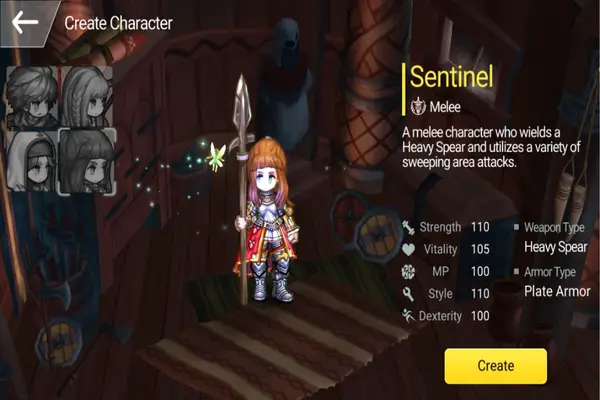
Nexon Milking Spiritwish
But the classes, the driving factor of Spiritwish, are not the only thing wrong with this title. Both bag space and weight are limited and locked behind buying tickets to only slightly expand storage. These are purchasable with in-game gold, but the process feels humiliating in a game like this. There is no attempt to emulate a hardcore experience, in which a mechanic like that would feel welcome. Upgrade materials are thrown at you upon killing trash mobs and every quest. The game becomes upgrading nonstop while you party auto plays in the background behind your inventory screen. Leveling is relatively easy, but it gives me no incentive to actually play the game. This combination of incessant upgrading, leveling and auto play quickly becomes tedious.
Characters are plentiful in this game, but each of their skill bars are limited to four skills at a time. This combined with each class having nearly indistinguishable damaging skills from one another (save in appearance alone) means there is no finesse with which you can pilot my party. No skills within a class’s skill tree synergizes with another in a way where you’d want to coordinate the order in which you use them.
PVP is as expected—sign up an auto-play team and send them at an opponent’s team. You can watch, but you don’t have to. It’s perhaps the laziest thing about Spiritwish. It leaves you stranded in a menu instead of taking initiative and fighting an opponent. This resembles the leveling experience but feels even lazier. Overall, the lack of substance in the game makes the nickel-and-diming feel completely oppressive.
Spiritwish Still Won’t Cut it
If you are looking for a handheld MMORPG that will give you a PC-like experience, keep looking. This game has a lot of beauty in its design and style, but it’s doing everything wrong. Tons of rewards can be incentivizing, but here they just feel like chores. There are dungeons and raid elements, but finding parties is unreliable. While it is riding off the success of the companies backing it, and it boasts a crisp design, there really is no game here.
Is it Hardcore?
Not one bit
It looks incredible but plays like an interactive playthrough. The monetization mechanics and unyielding rewards systems make this game intolerable.
















